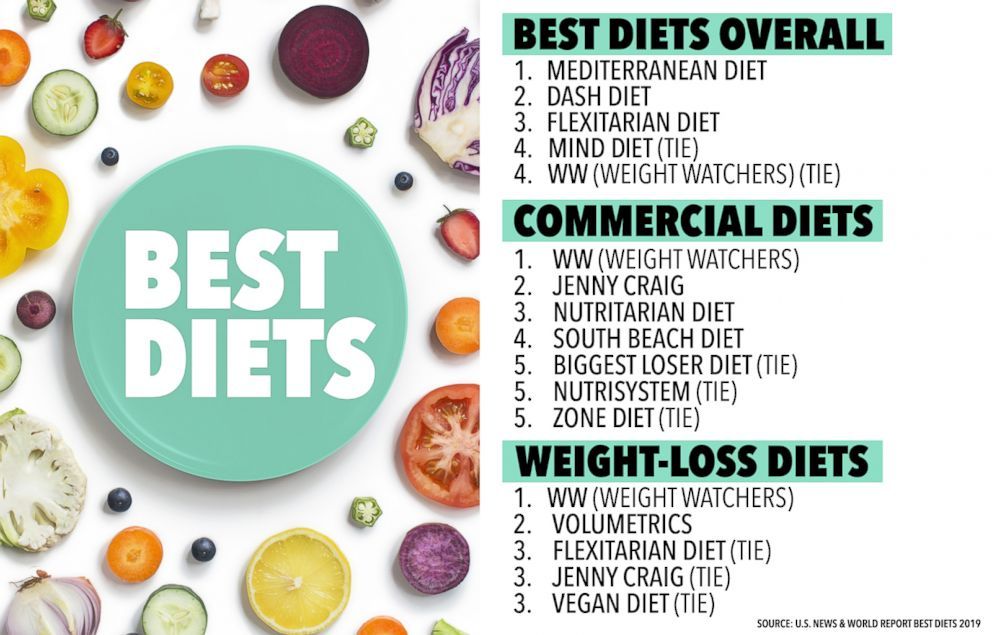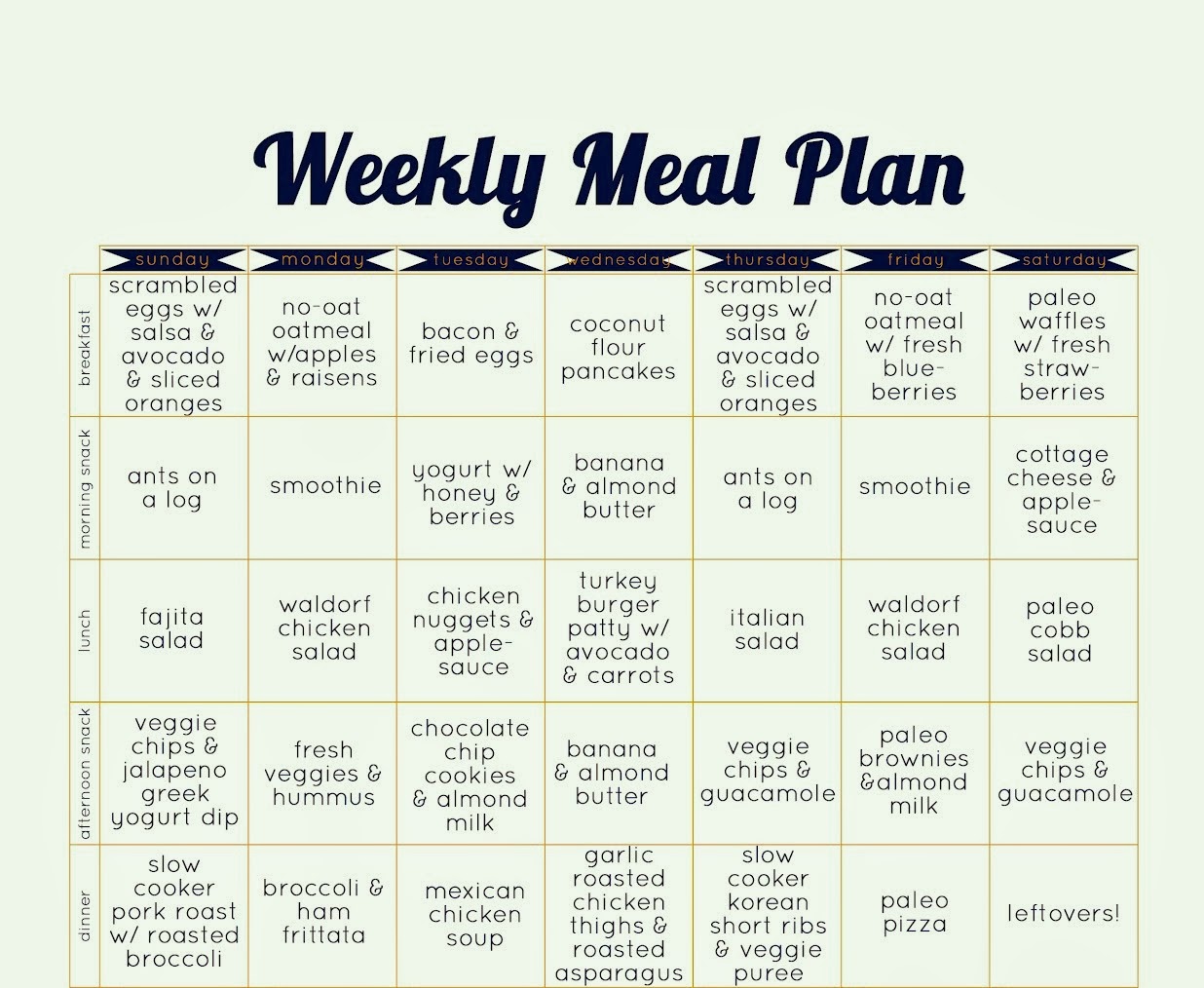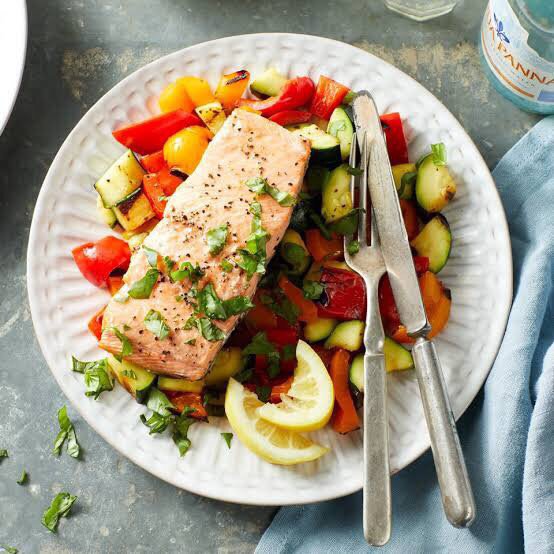
A new paleo diet study suggests that the lack of grains may be partly to blame for the reduced risk of heart disease. Participants consumed a majority of non-starchy vegetable and had an average of 28 grams per day in fiber. Their daily carbohydrate intake totaled ninetyg per day. Researchers concluded that their risk was increased by the lack of grains as they would not have been able to access carbohydrates in the form grains. Instead, they recommended eating starchy vegetables and tubers to increase their carbohydrate intake as well as their resistance-starch levels.
Low-carb Paleo diet
Many myths persist about the low-carb Paleo diet, including the fact that it doesn't work for everyone. Many of these myths are rooted in old nutrition and diet myths, which still exist in many doctors' offices. The low-carb diet has been shown to be effective for weight loss, but it may not be right for everyone. It is important to learn more about the Paleo diet before you begin.
People who eat a paleo diet could be at high risk for vitamin D deficiency and calcium deficiency. These nutrients are critical for bone health. A high intake of saturated fat and proteins can increase your risk for developing cancer, heart disease, and kidney disease. Paleo is safe for people who have cardiovascular disease risk. However, it can be beneficial if they eat in moderation. The Paleo low carb diet may be the best alternative for you.

A Paleo diet low in carbs has more benefits than simply reducing inflammation. Low-carb diets are well-known for reducing blood sugar spikes as well as improving insulin sensitivity. They are also known to improve gut health and reduce inflammation. For more information, you can read the Low Carb Paleo Diet Study. To lose weight, you don’t necessarily have to be following a Paleo lifestyle.
According to Dr. Oz's study, carbs should account for 45-65 percent of your daily caloric intake. If you consume 2000 calories per day, this means that carbs will only provide 900-1300 calories. The equivalent of 225 to 325g of carbs per day is 225 to 300 calories. A low-carb lifestyle, on the contrary, can contain very few carbs.
Paleo is more flexible than the ketogenic diet. It encourages you not to restrict carbohydrates but instead encourages you eat more fruits, vegetables, and lean protein. If you are aware of what you are eating, it will be easier to adhere to a Paleo low-carb diet. You will be less likely become dissatisfied with your diet, and your body. There's less stress to worry about what you're eating, and you'll lose weight more easily.
High-protein Paleo diet
One of the most common questions that Paleo followers have is what is a high-protein diet. Before you start this diet, it is important to understand the limits. The upper limit on protein intake is around 30% of total calories. But, this is a limit, and not an absolute. High-protein diets still have to consume carbohydrates and fat. Your chances of gaining weight are higher if you consume more protein.

Proteins from meat and dairy are bioavailable, meaning they can be easily absorbed by the body. However, animal protein is more readily absorbed than plant-based ones. Beef protein, in particular, is better absorbed because it has been predigested. The cows that produce beef protein in Sweden are hormone-free and antibiotic-free. Hydrolyzed beef is easier to digest.
People find it difficult to adhere to a study diet because of the high cost. It is more expensive to eat protein than carbs and fat. It is difficult to keep a diet. For example, it can be hard to not look weird at restaurants. There are many ways to cut costs on the Paleo diet. There are many ways to manage cravings and stay motivated if you do feel the urge to eat out. You don't have to feel guilty if you want to stay on the right track. These issues can be read in detail at the index page.
Paleo has many health benefits, including high-protein and low carbohydrate portions. While lower carbohydrate and sugar levels in the paleo diet might increase insulin sensitivity, and improve glycemic control overall, they are not statistically significant. The statistically significant drop in diastolic cholesterol among paleo dieters was also shown by studies that assessed blood pressure. The studies involved nine to 29 participants over a 10-day period. They also included a 12-week follow-up.
FAQ
What is the best career path for someone who wants to be a chef? How can I get started in my career as an chef?
As an apprentice, you can start your journey to becoming a chef. Apprenticeships give you the opportunity to work for many years without having to pay tuition fees. After you complete your apprenticeship, it is possible to apply for a job as a sous-chef. Sous chefs supervise cooks and assist them with tasks like making salads and desserts. They also supervise the operation of the restaurant.
Can I learn to cook alongside my kids?
Yes! Yes! It's an enjoyable activity that teaches responsibility and teamwork. Children can help with everything from washing vegetables to chopping onions. You will have your children enjoy helping you cook as long as they follow safe procedures when using knives.
How long does it take to become chef? What is the average career path?
It takes five years to become a chef. This time you'll learn the basics of cooking and work as a cook assistant. After your training is complete, you will be eligible to apply for a job as a sous chef, executive chef, or line cook. The average salary for a chef ranges from $25,000 to $60,000 per year.
Statistics
External Links
How To
How to Be a Chef
A career path for chefs is one of the most interesting careers you could choose. It requires a lot of knowledge and skills, making it difficult to find out what job would suit your interests best. There are many opportunities to begin working right away if this is your goal. You have the option to work in restaurants or hotels, as well as at catering companies. Or you can even learn how to cook. These tips will help you make a decision.
-
Learn how to cook!
Everyone should learn how to cook at least once in their lives. It doesn't matter if your knowledge of food is limited, you can learn how to make it. So many different recipes are available online, and they are easy to follow. Remember to take your time when learning new things. Take your time and enjoy the journey.
-
Earn a degree
If your goal is to be a professional chef you should pursue a culinary arts degree. You will develop your own taste and style while learning valuable knowledge. Culinary schools offer courses such as baking, pastry making, meat cutting, and much more. They usually require students to attend classes for several years before they graduate. However, if you really wish to become a chef you need to think twice about choosing any school.
-
Work in a restaurant
Working in a restaurant is probably the easiest way to enter the world of chefs. People who want to be chefs start by working in a restaurant. Restaurants always look for qualified staff, especially those who have worked in other fields. If you're looking to be a chef, it is worth applying for job opportunities in restaurants.